
Products
Fast, Reliable, Everywhere

Solutions
Efficient, Innovative EV Charging Solutions.
News
We are committed to the innovation and application of EV charging.
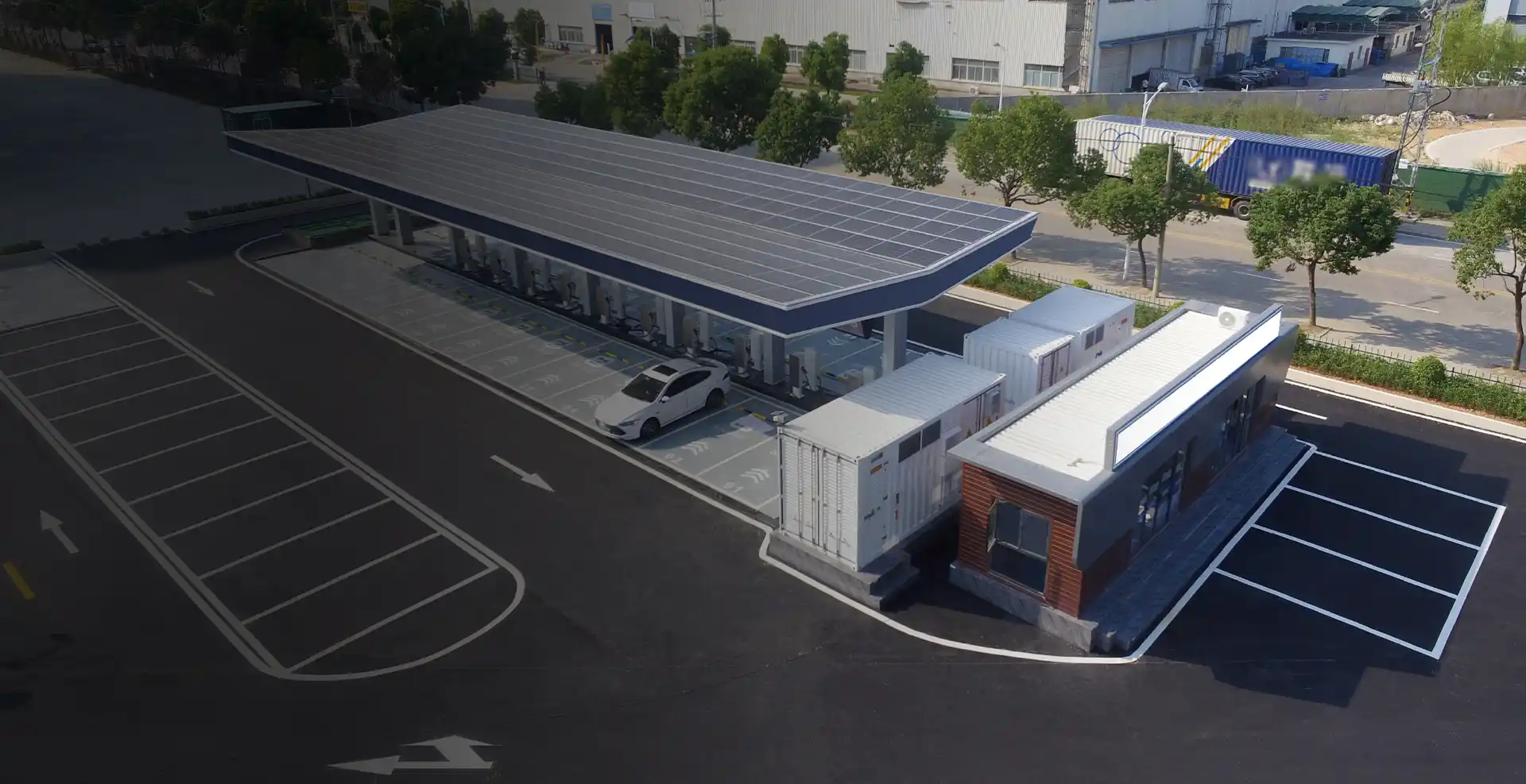

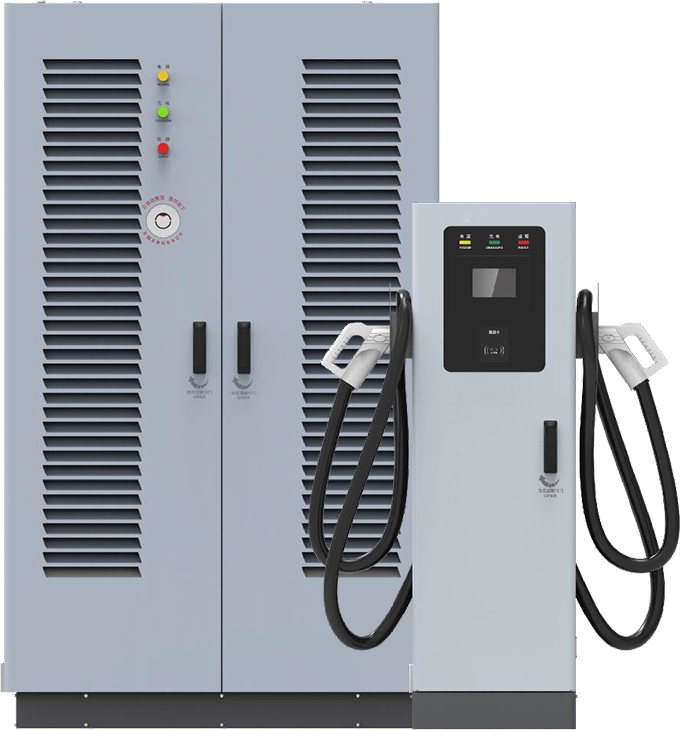
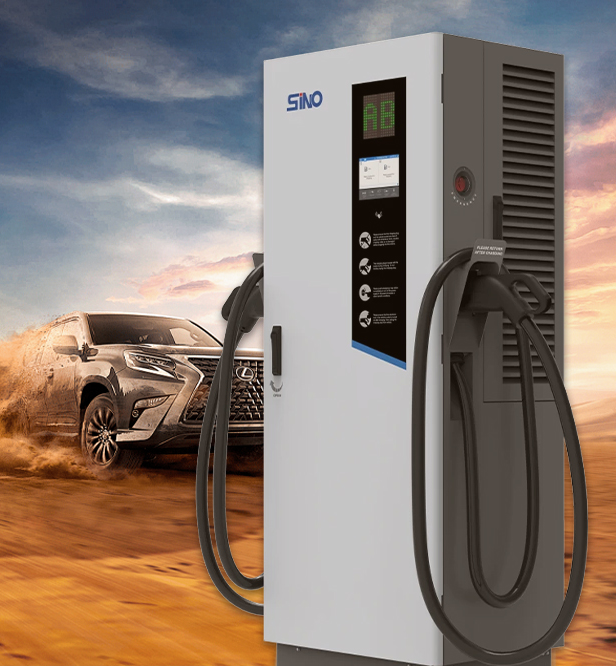
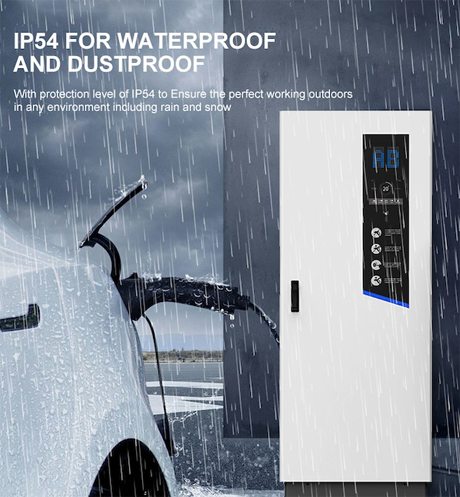
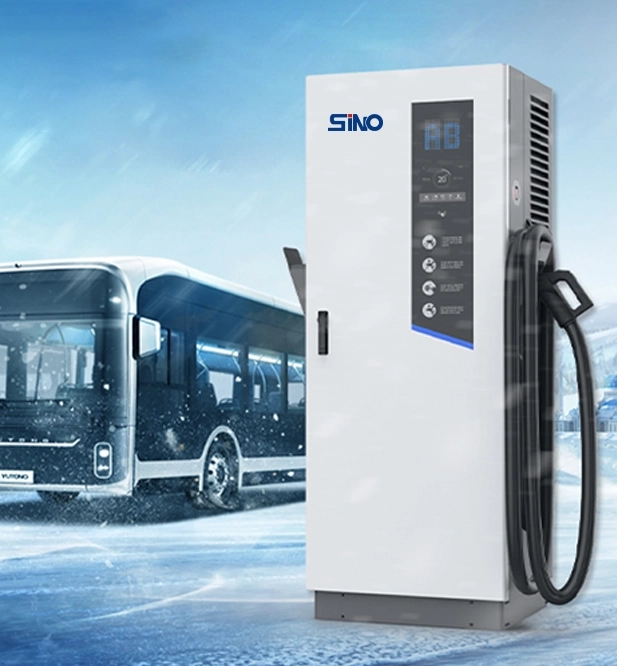
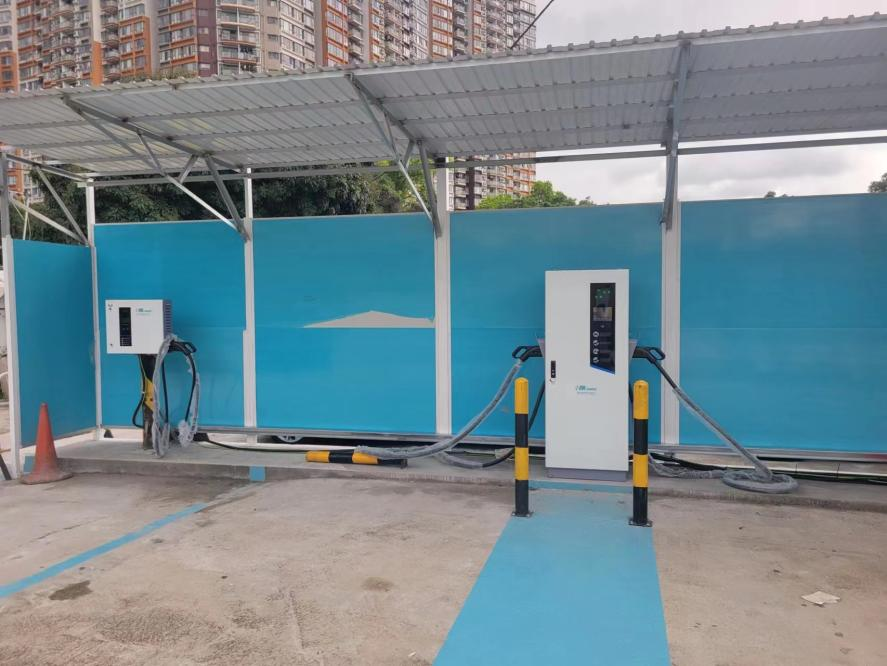
Our EV Charger is constructed using a premium blend of PC and ABS materials, which are UL certified for the highest standards of safety and quality. This robust material composition offers exceptional toughness and flame resistance, ensuring durability and reliability. Moreover, it’s designed to withstand extreme storage conditions, ranging from as low as -40°C to as high as 85°C, guaranteeing performance stability in diverse environmental settings.
Pilot aims to reduce defects to 0% for every project, so testing is a must. 1. Electrical Cycle Test 2. UV Aging Test 3. High Low-Temperature Humid-Heat Test 4. Glow-Wire Test 5. High-Temperature Test 6. IPX5-6 Strong Water Spray Test

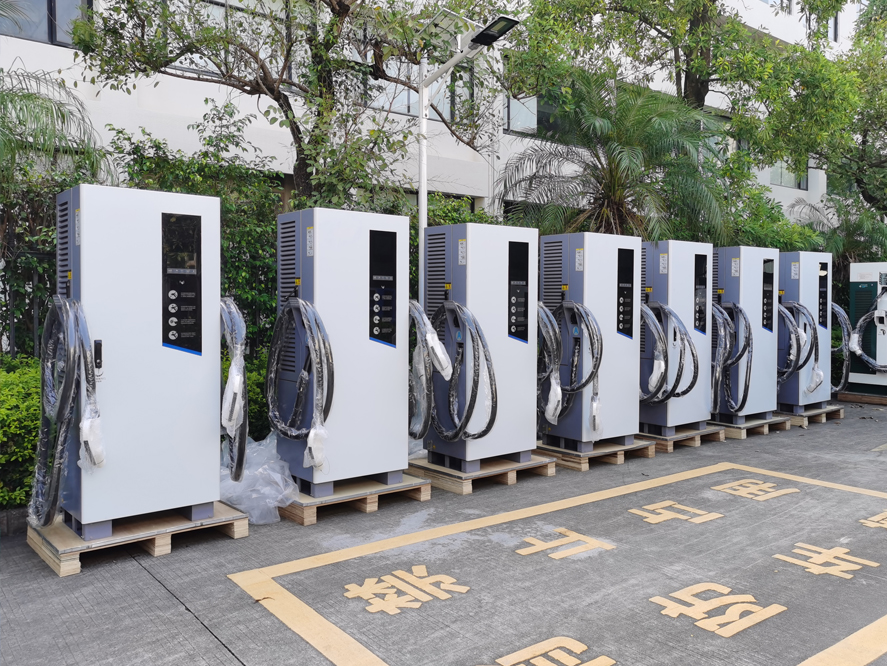
We provide Smart Diagnostics and Remote Maintenance: 1. Smart solutions like the Pilot Cloud APP for real-time monitoring and scheduled charging. 2. Our self-developed EVsaas OCPP Platform supports Bluetooth and server firmware upgrades, OCPP 1.6J protocol, lid-open detection, scheduled charging, and is fully certified.
Technical Support: Pilot offers responsive customer support and technical assistance, ensuring inquiries and concerns are addressed within 24 hours. Minimum Order Quantities: We have a policy of a minimum order quantity of just one unit. After-Sale Service : We provide a 2-year warranty for the products. In the case of any suspected faulty units, We promise to provide spare parts and technical support, and provide customers with comprehensive test reports. Additionally, Piwin Electric uses QR codes to track orders and ensure product authenticity

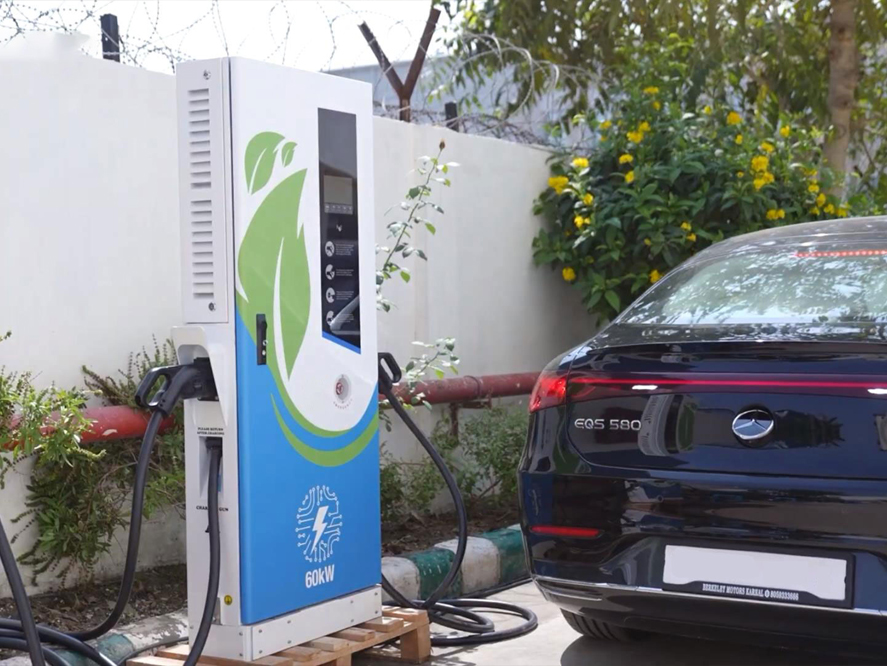
1. We have rapid prototyping services, delivering accurate molds within 2 weeks. 2. Pilot is able to customize all types of EV charger connectors to fit your unique needs. 3. We offer customization options such as brand logos, special colors, and etc. to meet diverse customer needs.
We have an MOQ policy of only one unit, allowing you to test the market with minimum inventory pressure.
Our EV chargers made from our factory go through a strict QC process for performance and safety.
We offer deep discounts on bulk orders, helping you increase your ROI.
All of your inquiries and concerns are answered within 24 hours.
Our series of patents show how we follow technological trends to give you an advantage.
With 30 years of working in the electrical industry, our team can create innovative EV chargers.



